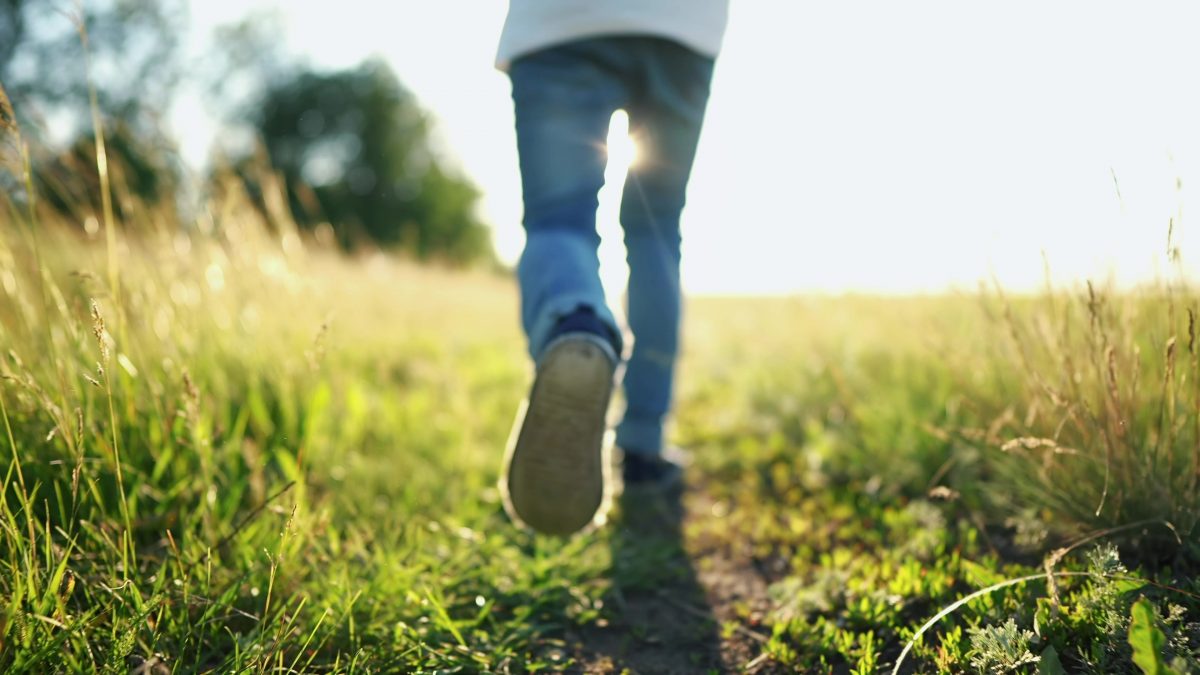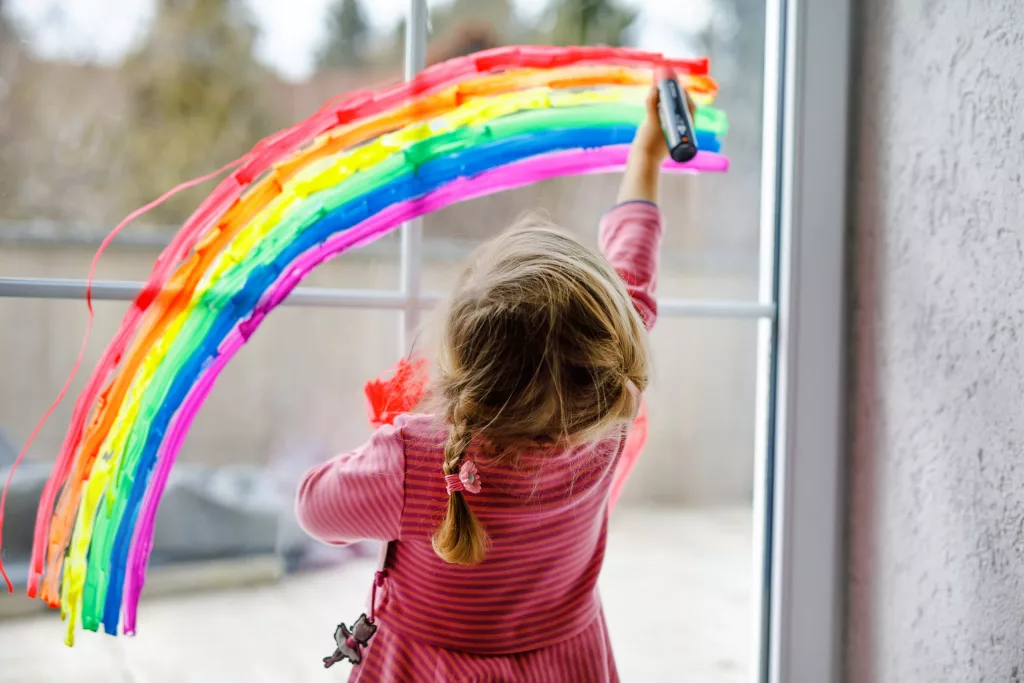19/05/2025
The material “Care and Protect: Childhoods and Adolescences in Times of Climate Crisis” provides recommendations to the child and adolescent protection network, ranging from care in temporary shelters to reporting and communication channels.
In the face of worsening extreme climate events in Brazil and worldwide—such as the floods in Rio Grande do Sul in 2024, which affected millions of people and disrupted access to education, health, and housing—the Alana Institute, in partnership with Conanda (National Council for the Rights of Children and Adolescents) and the Ministry of Human Rights and Citizenship (MDHC), launches the guide “Care and Protect: Childhoods and Adolescences in Times of Climate Crisis.” The document seeks to strengthen and expand the reach of Conanda’s “Recommendation for the Integral Protection of Children and Adolescents in Situations of Climate Risks and Disasters,” published in 2024.
The material was presented during the National Week to Combat Sexual Violence Against Children and Adolescents, held in Brasília, in reference to the 25 years of mobilization around May 18th—the National Day to Combat the Abuse and Sexual Exploitation of Children and Adolescents. It offers practical guidelines so that public managers, child protection councilors, and various professionals of the Child and Adolescent Rights Guarantee System (SGDCA) are prepared to face the impacts of the climate crisis with a focus on the comprehensive protection of boys and girls.
“Placing children and adolescents at the center of public and social policies is essential to ensure that we face climate challenges with justice, equity, and care,” says Ana Claudia Cifali, legal coordinator at the Alana Institute and Conanda councilor. “As evidenced by the episode in Rio Grande do Sul, civil society mobilization is essential in times of crisis. However, it is crucial that the State be prepared to assume its responsibility in managing these situations, with services and trained professionals ready to provide the necessary assistance and guarantee the full protection of children and adolescents,” she adds.
Guide Recommendations
The document guides, for example, the creation of Protection Committees at state and municipal levels, which should work in partnership with the SGDCA to map needs and coordinate effective responses. It also emphasizes the importance of ensuring adequate working conditions for Child Protection Councils, maintaining the functioning of essential services—such as health, education, and social assistance—and carrying out emergency hiring. The text also proposes the use of resources from the National Fund for Children and Adolescents (FNCA) in disaster contexts, as well as the deployment of national health (SUS) and social assistance (SUAS) teams to support services.
Other key points include attention to the mental health of involved professionals, support for children in situations of orphanhood or disability, the preservation of the right to information and the active participation of children and adolescents in decisions that affect them, in addition to measures such as emergency basic income and family support.
Regarding temporary shelters created in climate emergencies, the publication details minimum conditions to ensure safety, dignity, and care. Conanda recommends, for example, the appointment of technical teams with a constant presence in shelters, the organization of specific spaces for women, children, and adolescents, and the creation of play areas appropriate for childhood. For babies and children up to six years old, diaper-changing stations, breastfeeding areas, and common areas should be provided. Health monitoring, safe identification of children, proper referral of unaccompanied children, and the prevention of all forms of violence—through accessible and reliable reporting channels—are also required.
Public Management Recommendations
The guidelines address the roles of Protection Committees, Child Protection Councils, health professionals, and public security forces. Committees must continuously monitor shelters, map the population served, and organize care and communication flows. Child Protection Councils are advised to create duty schedules, supervise spaces, guarantee priority in their requisitions, and record services in the Child and Adolescent Information System (SIPIA). In health, actions range from prenatal care to vaccination, provision of medicines, and outpatient and hospital care. In the field of public security, the guide recommends the presence of police forces in shelters, guidance to families on the risks of returning to affected areas, and strengthening surveillance against child and adolescent trafficking.
Regarding the juvenile justice and institutional or family care system, the “Care and Protect” guide recommends maintaining communication between adolescents and their families, transferring adolescents from units in risk areas, and suspending socio-educational measures in open environments—such as Assisted Freedom and Community Service—during the period of calamity, with later reassessment.
The document also highlights the importance of offering accessible and safe channels for complaints, information, and requests for help. Hotlines such as Disque 100, as well as services via WhatsApp, Telegram, and Brazilian Sign Language (Libras), are pointed out as essential tools. Governments must ensure that this information is widely disseminated and understandable to different audiences, including children and adolescents, with formats adapted to their ages and conditions.
Reporting Channels
Finally, the guide lists the main reporting channels for rights violations, reinforcing that it is the duty of the State to ensure the protection of children and adolescents even in extreme contexts. The publication reaffirms that the climate crisis is also a children’s rights crisis, and that facing it requires coordinated, inclusive, and sensitive actions to multiple vulnerabilities.
The complete guide is available at this link, serving as an urgent call for governments and civil society to act in coordination to build a safer, fairer, and more sustainable present and future for all children and adolescents.




